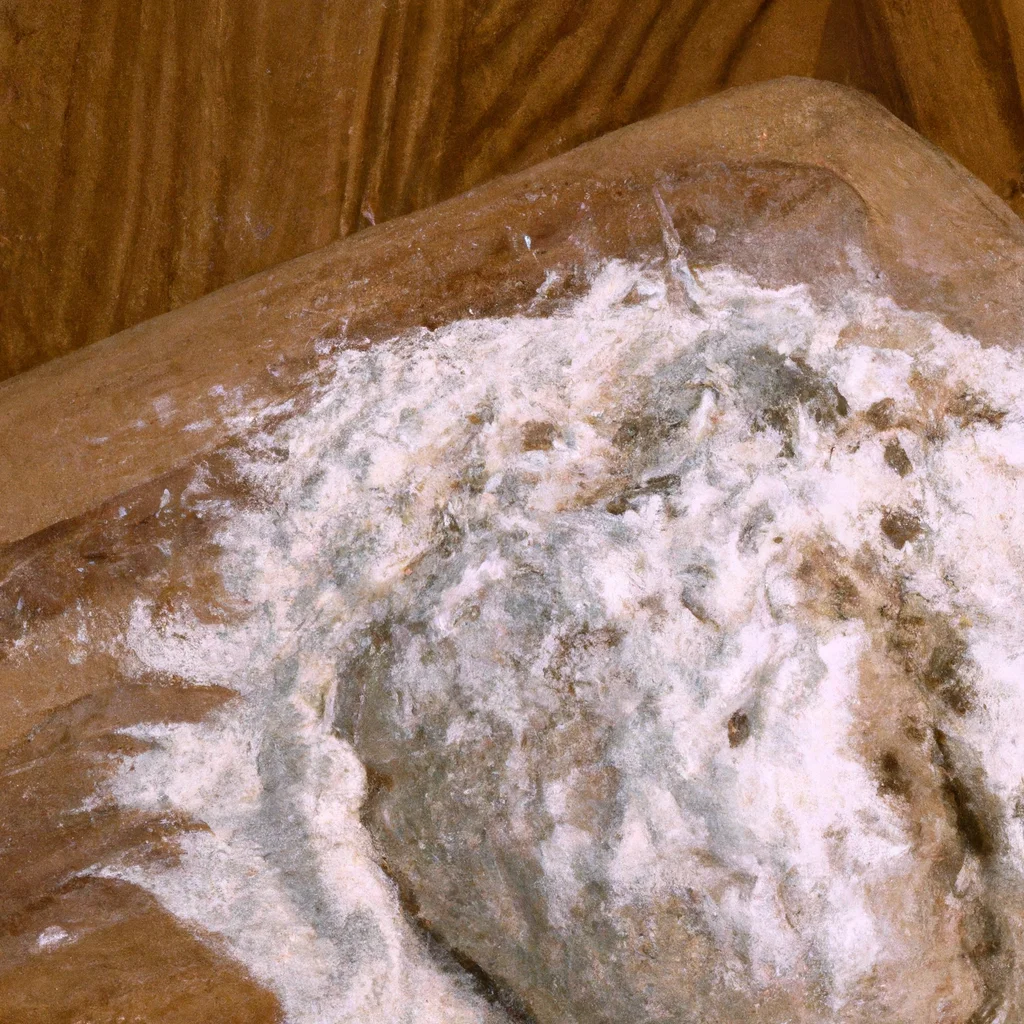What is the process of making sourdough bread?


What is the process of making sourdough bread?
Sourdough bread is a type of bread that is made using a natural leavening agent called sourdough starter. This type of bread is known for its distinct flavor and texture, which is achieved through a process that involves fermentation. In this article, we will discuss the process of making sourdough bread, including the recipe, starter, fermentation, and baking.
Sourdough Starter
The first step in making sourdough bread is to create a sourdough starter. This starter is a mixture of flour and water that is left to ferment for several days. During this time, the mixture will start to develop natural yeasts and lactobacillus bacteria, which are responsible for the sour flavor of sourdough bread.
To make a sourdough starter, mix equal parts of flour and water in a jar or container. Cover the container with a cloth or paper towel and let it sit at room temperature for 24 hours. After 24 hours, discard half of the mixture and replace it with fresh flour and water. Repeat this process every day for 5-7 days, or until the mixture becomes bubbly and has a sour smell. Once the starter is ready, it can be stored in the refrigerator and used to make sourdough bread whenever needed.
Sourdough Bread Recipe
Ingredients:
– 500g bread flour
– 350g water
– 100g sourdough starter
– 10g salt
Instructions:
1. In a large mixing bowl, combine the flour and water. Mix well until a shaggy dough forms.
2. Add the sourdough starter and mix until it is fully incorporated into the dough.
3. Cover the bowl with a cloth or plastic wrap and let it rest for 30 minutes.
4. Add the salt to the dough and knead it for 10-15 minutes, or until it becomes smooth and elastic.
5. Place the dough in a clean bowl, cover it, and let it rise at room temperature for 8-12 hours, or until it has doubled in size.
6. Preheat your oven to 450°F (230°C) and place a baking stone or sheet in the oven to heat up.
7. Gently shape the dough into a round or oval shape and transfer it to a floured baking sheet.
8. Let the dough rest for 30 minutes, then score the top with a sharp knife or razor blade.
9. Transfer the dough to the preheated baking stone or sheet and bake for 30-40 minutes, or until the crust is golden brown and crusty.
10. Remove the bread from the oven and let it cool on a wire rack before slicing and serving.
Fermentation
The key to making sourdough bread is fermentation. During the fermentation process, the natural yeasts and bacteria in the sourdough starter break down the starches and sugars in the flour, producing carbon dioxide gas. This gas causes the dough to rise and gives the bread its characteristic flavor and texture.
The length of the fermentation process can vary depending on the temperature and humidity of the environment. In general, a longer fermentation time will result in a stronger sour flavor and a more open crumb structure.
Baking
To achieve a crusty and artisanal texture, sourdough bread should be baked in a hot and steamy oven. Using a baking stone or sheet can help to create a crispy crust, while adding steam to the oven can help to keep the bread moist and prevent it from cracking.
One way to add steam to the oven is to place a tray of water on the bottom rack while the bread is baking. Another method is to spray the bread with water before placing it in the oven, or to pour hot water into a hot cast iron skillet placed in the bottom of the oven.
Conclusion
Making sourdough bread is a rewarding and satisfying process that requires patience, practice, and a bit of experimentation. By following the steps outlined in this article, you can create a delicious and crusty loaf of homemade sourdough bread that will impress your family and friends.
Recent Posts
How do I create an engaging and informative online quiz or assessment?
Creating an engaging and informative online quiz or assessment can be a powerful tool for… Read More
What are the most effective methods for managing and reducing work-related stress in the hospitality industry?
Work-related stress is a common issue in the hospitality industry, where employees often face long… Read More
How can I improve my assertiveness and communication skills in a leadership position?
In a leadership position, assertiveness and effective communication skills are crucial for success. Being able… Read More
What are the key elements of a successful employee recognition and rewards program?
Employee recognition and rewards programs play a crucial role in motivating and engaging employees, as… Read More
How do I effectively manage and respond to customer feedback and reviews?
Customer feedback and online reviews play a crucial role in shaping a company's reputation and… Read More
What are the best strategies for effective time management as a stay-at-home parent?
Effective time management is crucial for stay-at-home parents who juggle multiple responsibilities on a daily… Read More